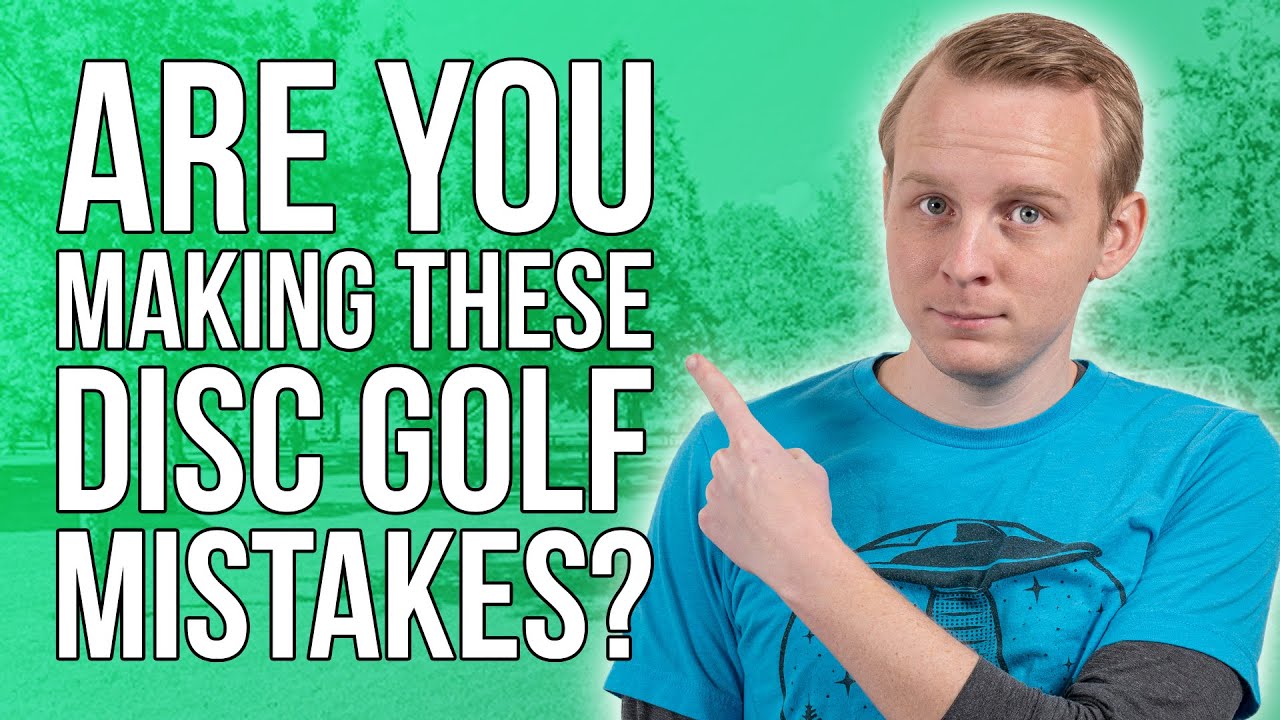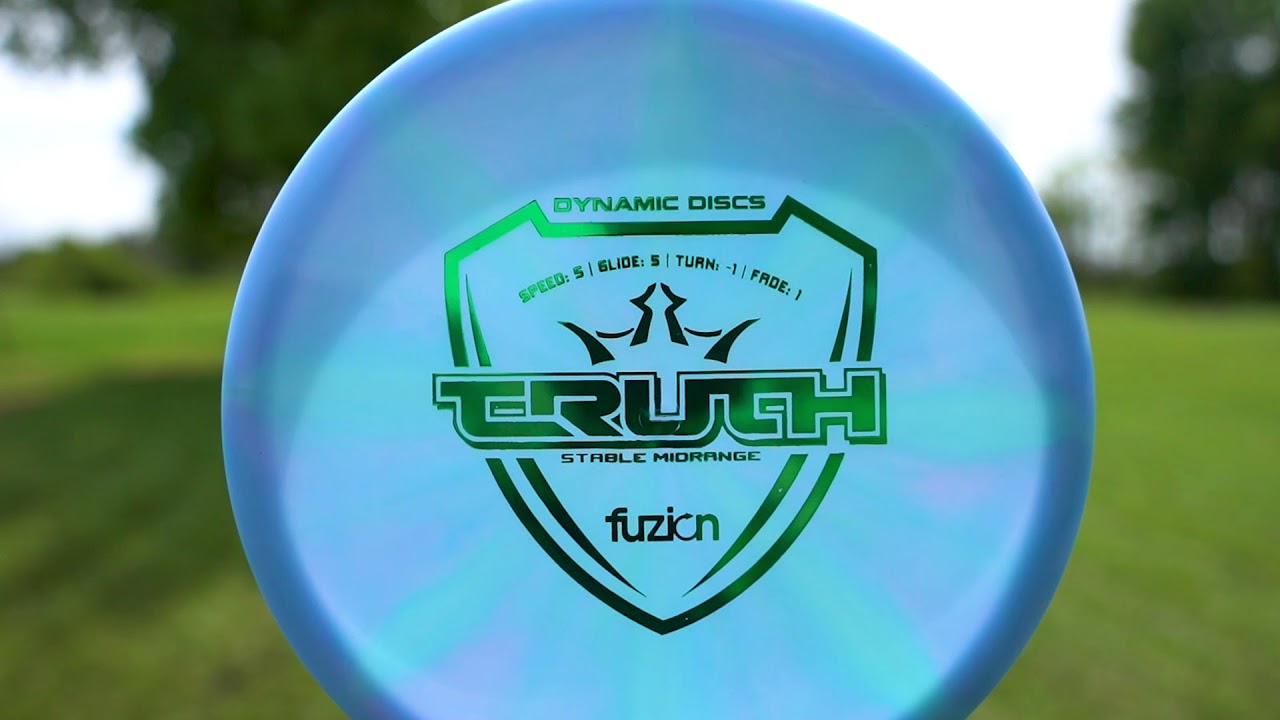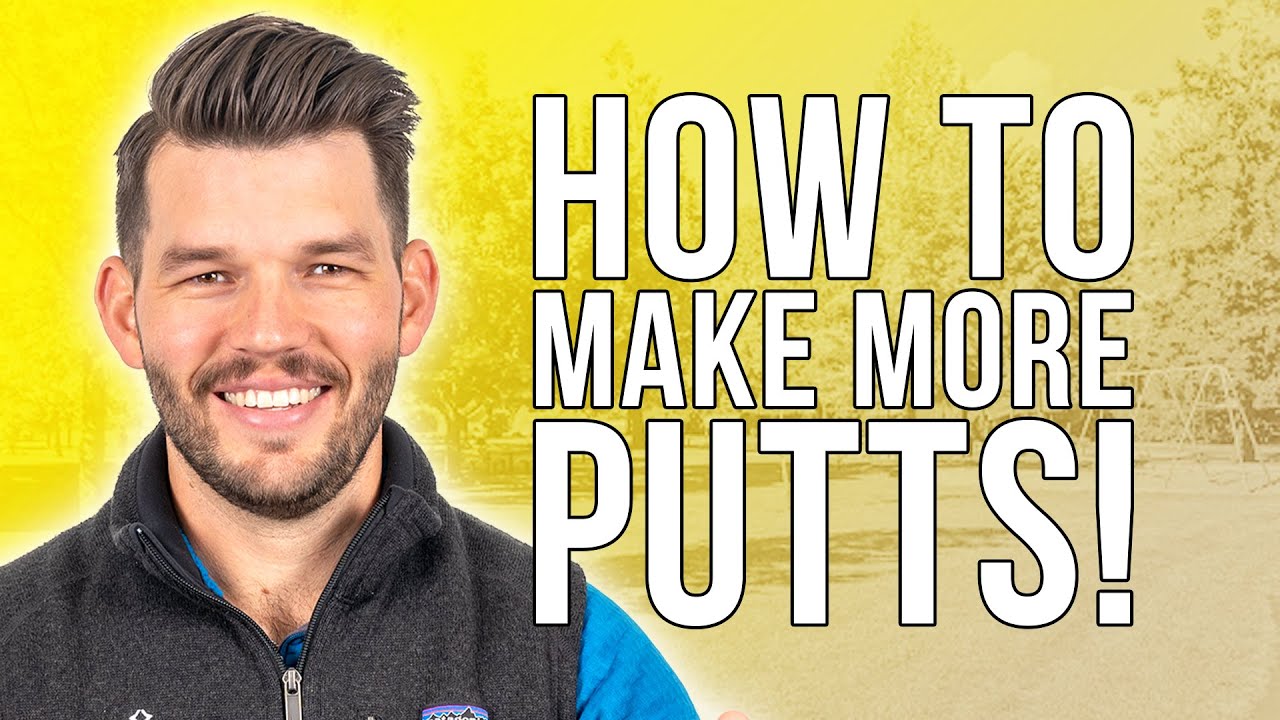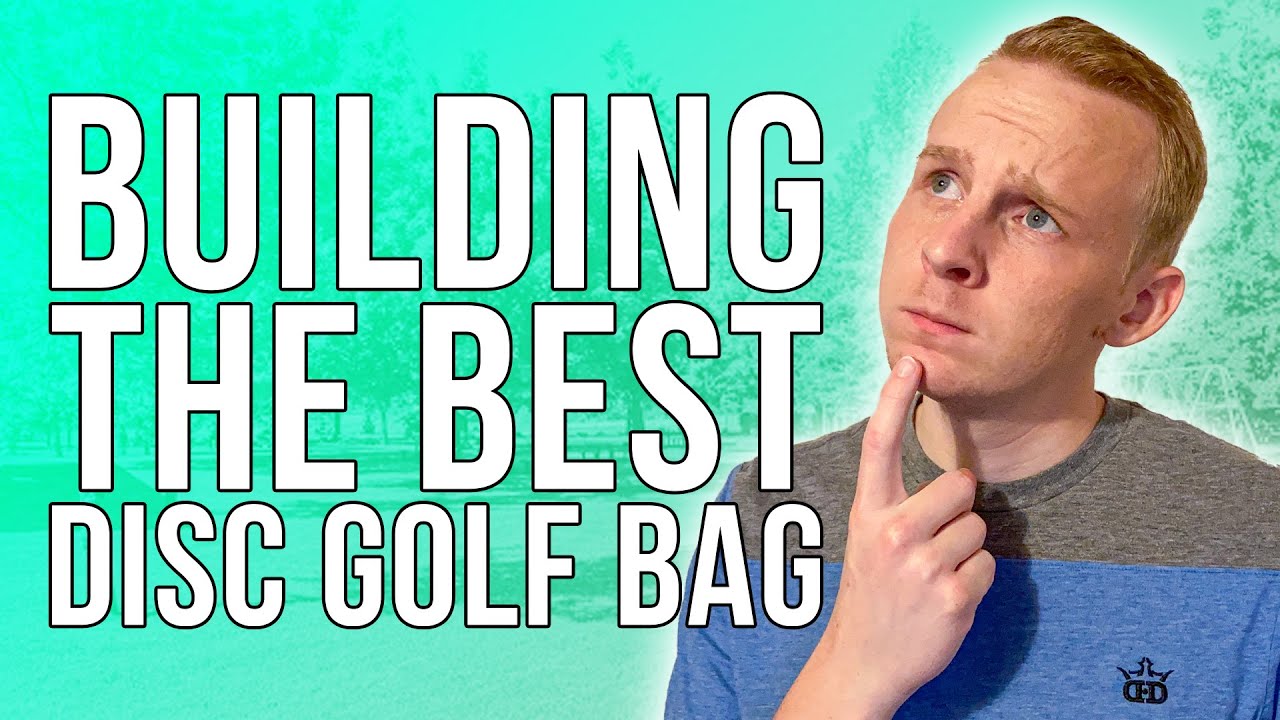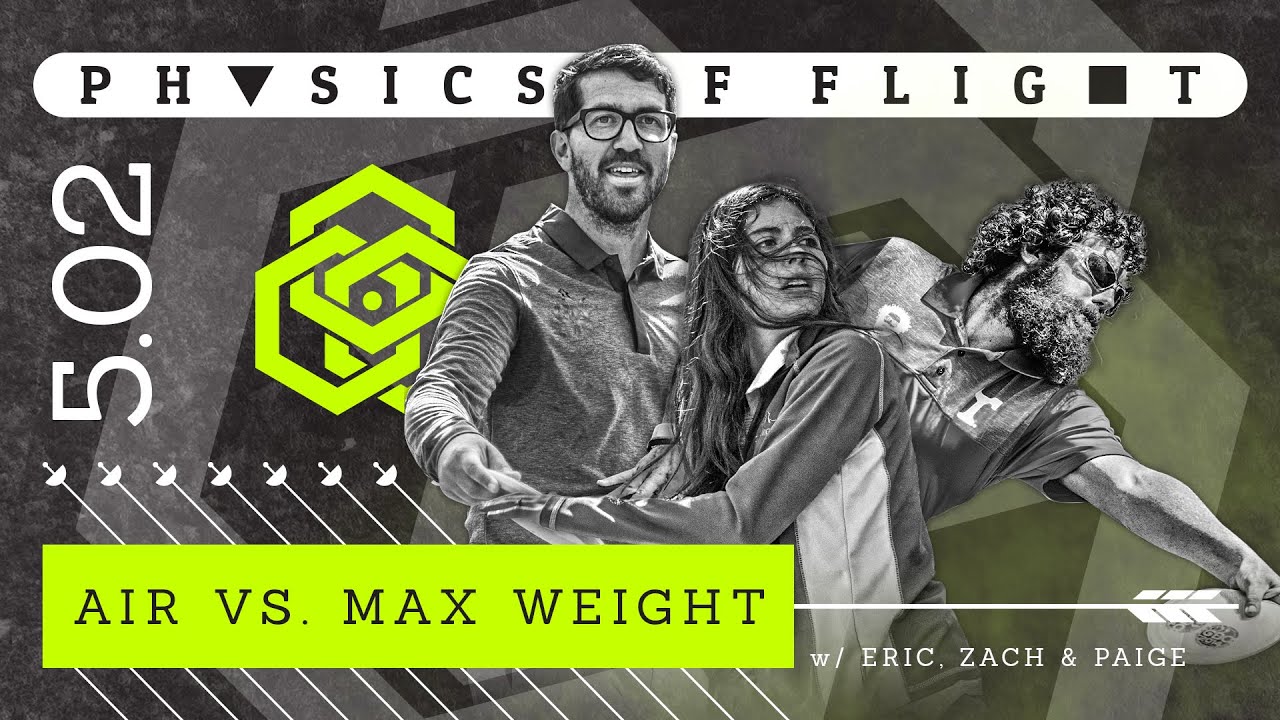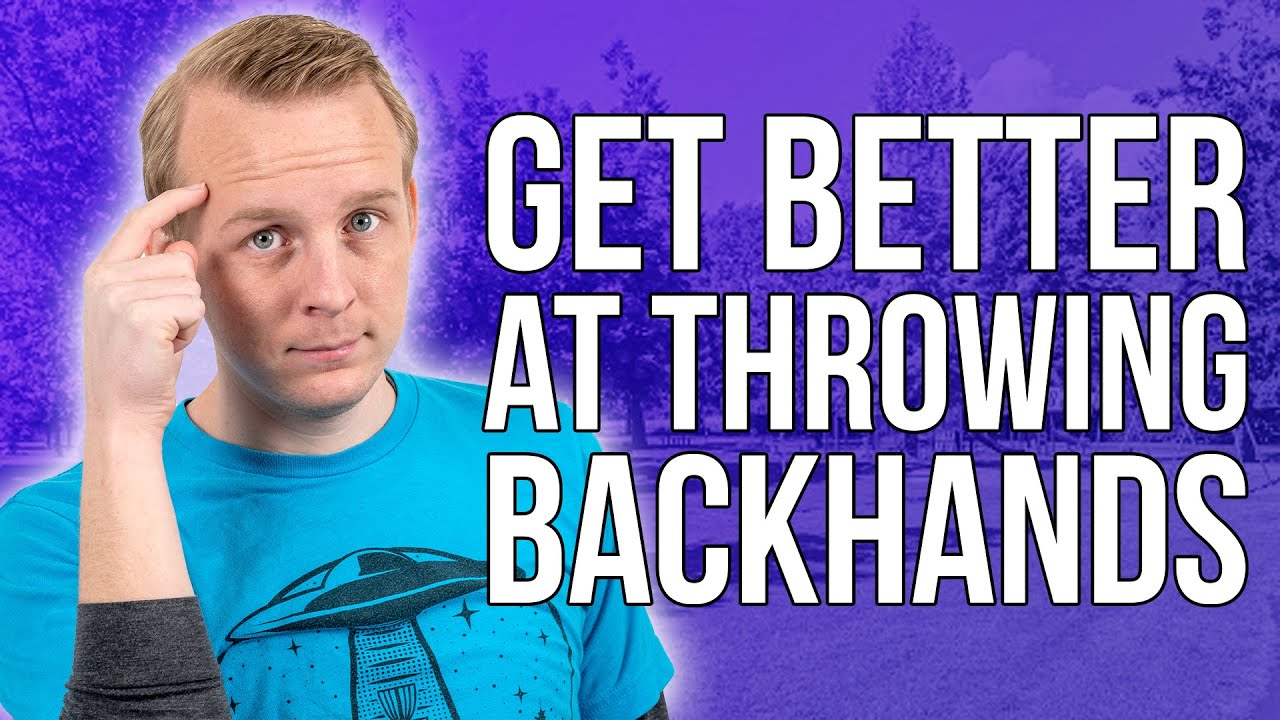Disc Golf Beginner's Guide
Welcome to Dynamic Discs! If you’re new to disc golf, new to buying discs, or just new to the Dynamic Discs website, we want to ensure that you have all of the information you need to navigate the site and end up with the disc golf equipment that you need.
Click to skip to a section below:
Type of Discs
There are four main types of disc golf discs – distance drivers, fairway drivers, midranges, and putters. Choosing the right type of disc for the right situation can make all the difference in your score!
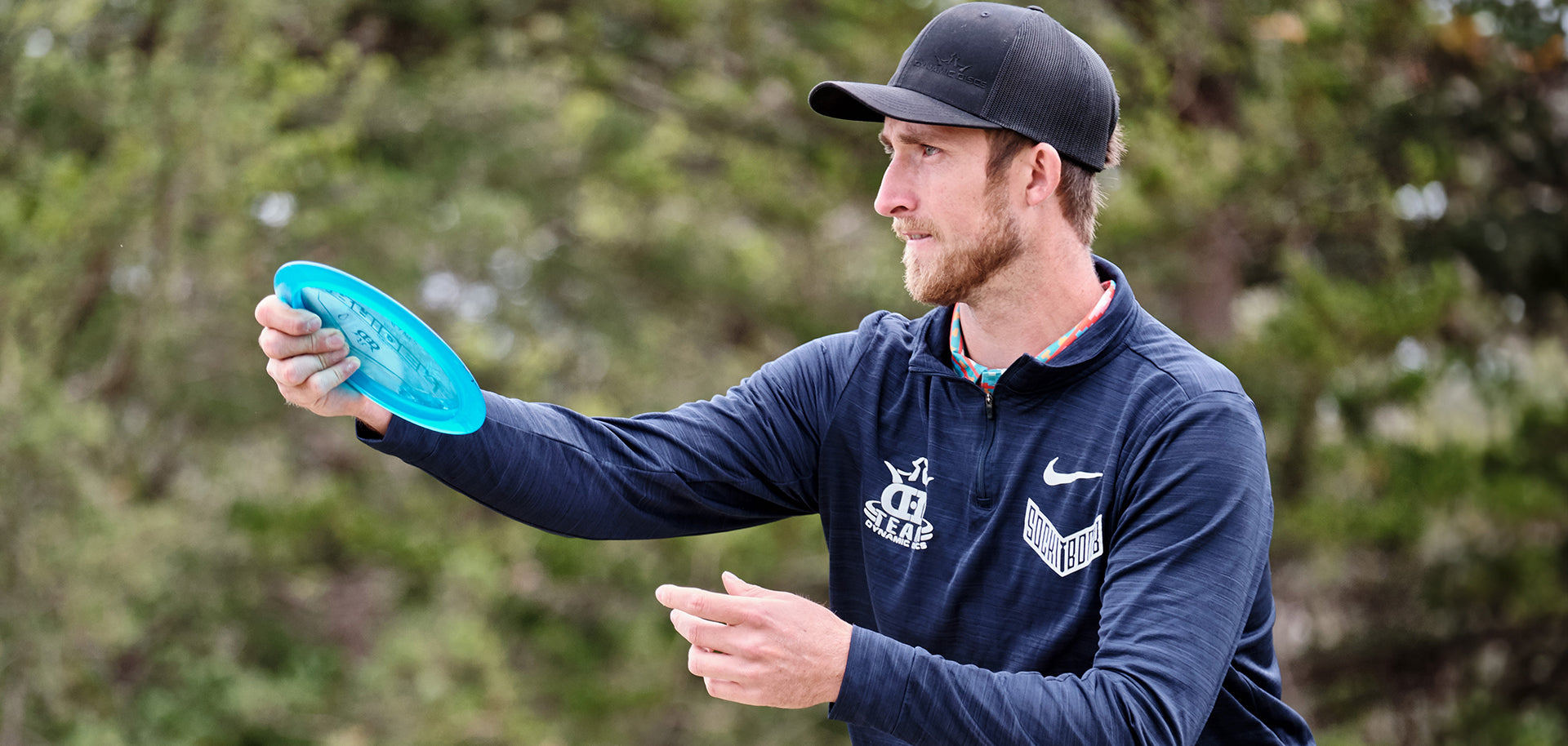
Distance Drivers
Distance Drivers, as their name suggests, have the greatest potential to travel the greatest distance. However, they also require the greatest speed to travel true to their intended flight characteristics. Distance drivers have wider rims and sharper noses, so they might not be the best choice for younger players, newer players, or players with slower arm speeds.
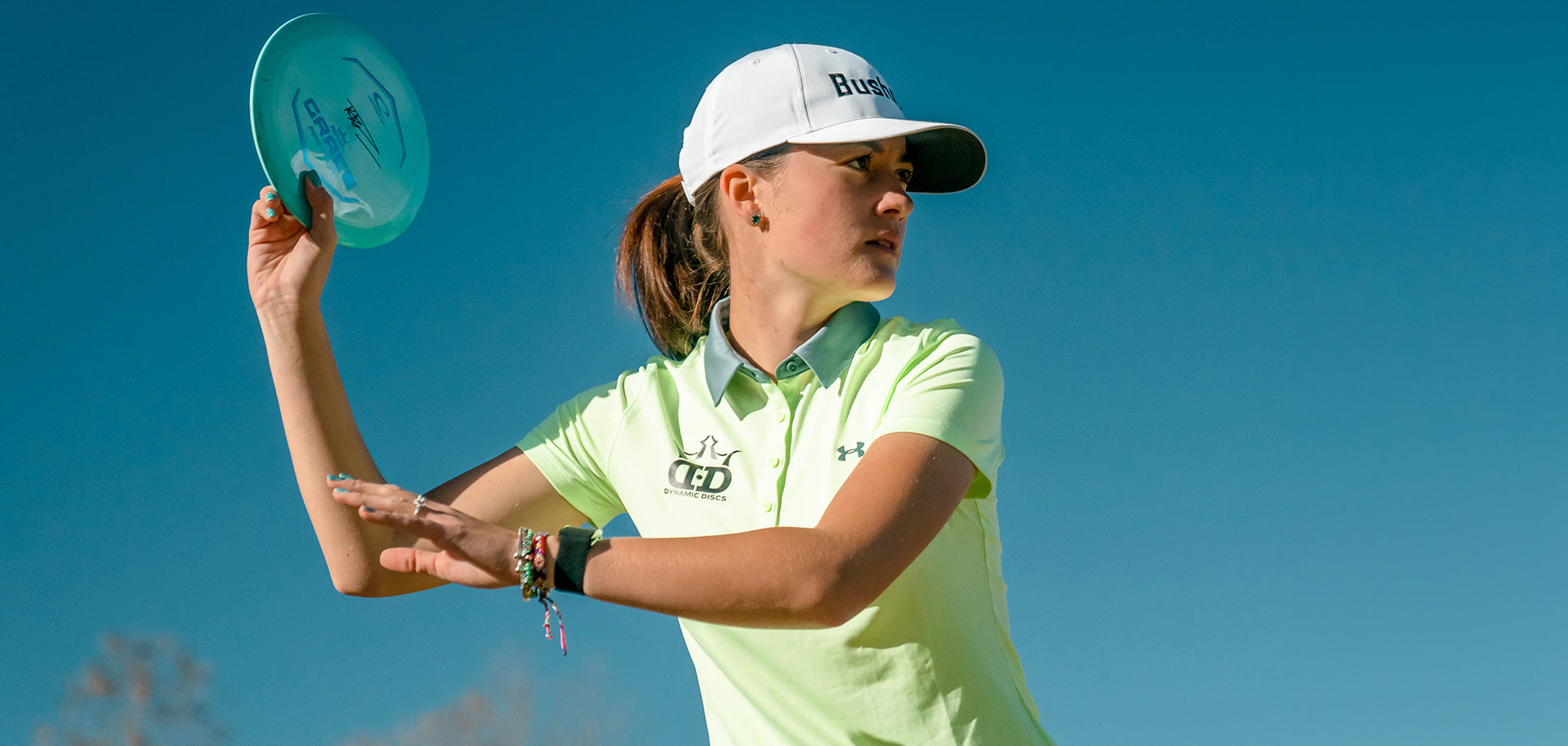
Fairway Drivers
Fairway Drivers have slightly smaller rims than distance drivers and are easier to control because they have less speed potential. While fairway drivers have less distance potential, they are a great choice for tighter lines, shots with less skip at the end, straighter flights, and shorter drives. Fairway drivers are generally a good choice for experienced and inexperienced players alike.
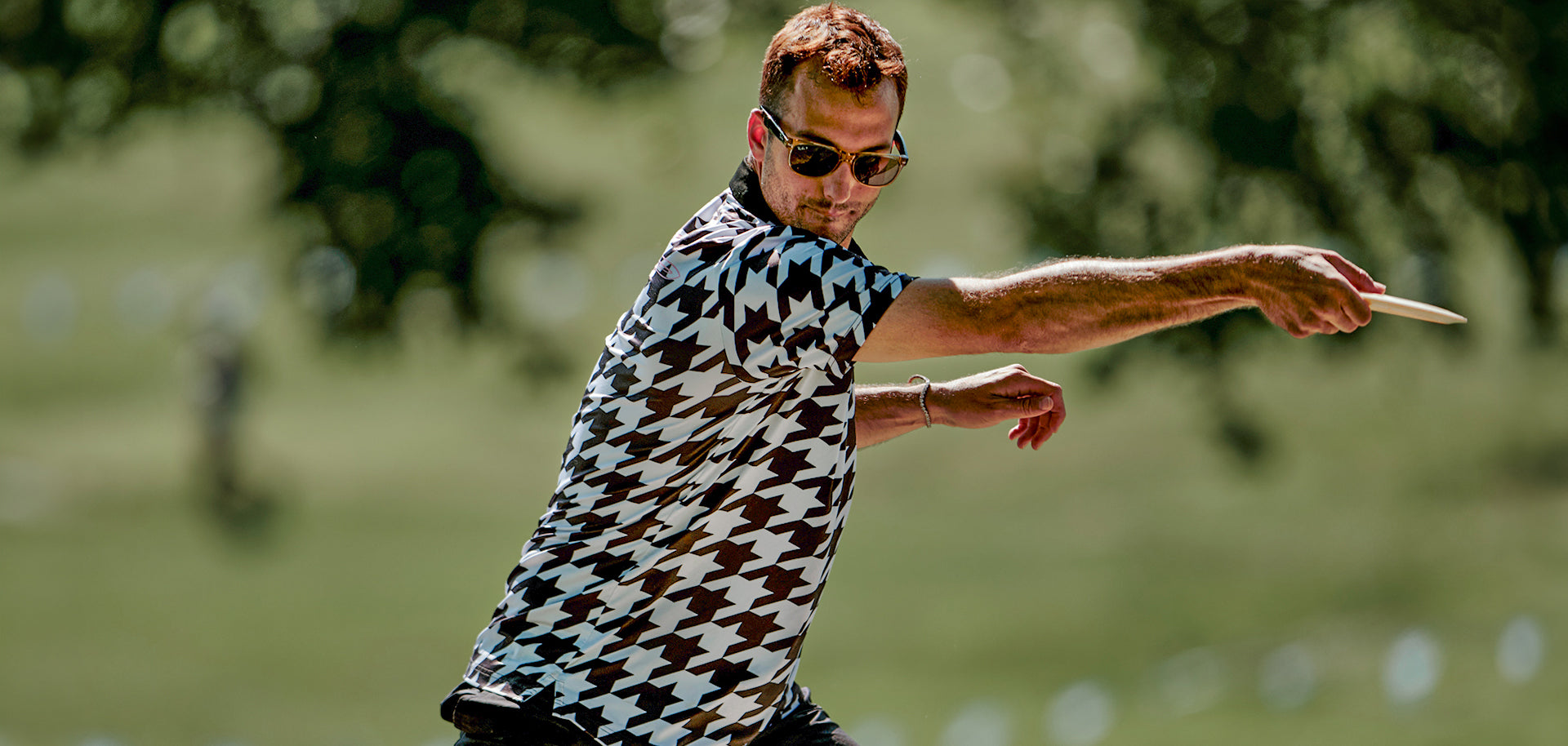
Midranges
Midranges are a great disc to choose as your first disc. Midranges often offer straighter flights and won’t vary from their intended flight to the degree that fairway and distance drivers will if thrown errantly. Midranges have smaller rims that feel comfortable in most people’s hands and often have slightly deeper inner rims than drivers do. Midranges are very helpful for navigating narrow fairways and landing approaches close to the basket.
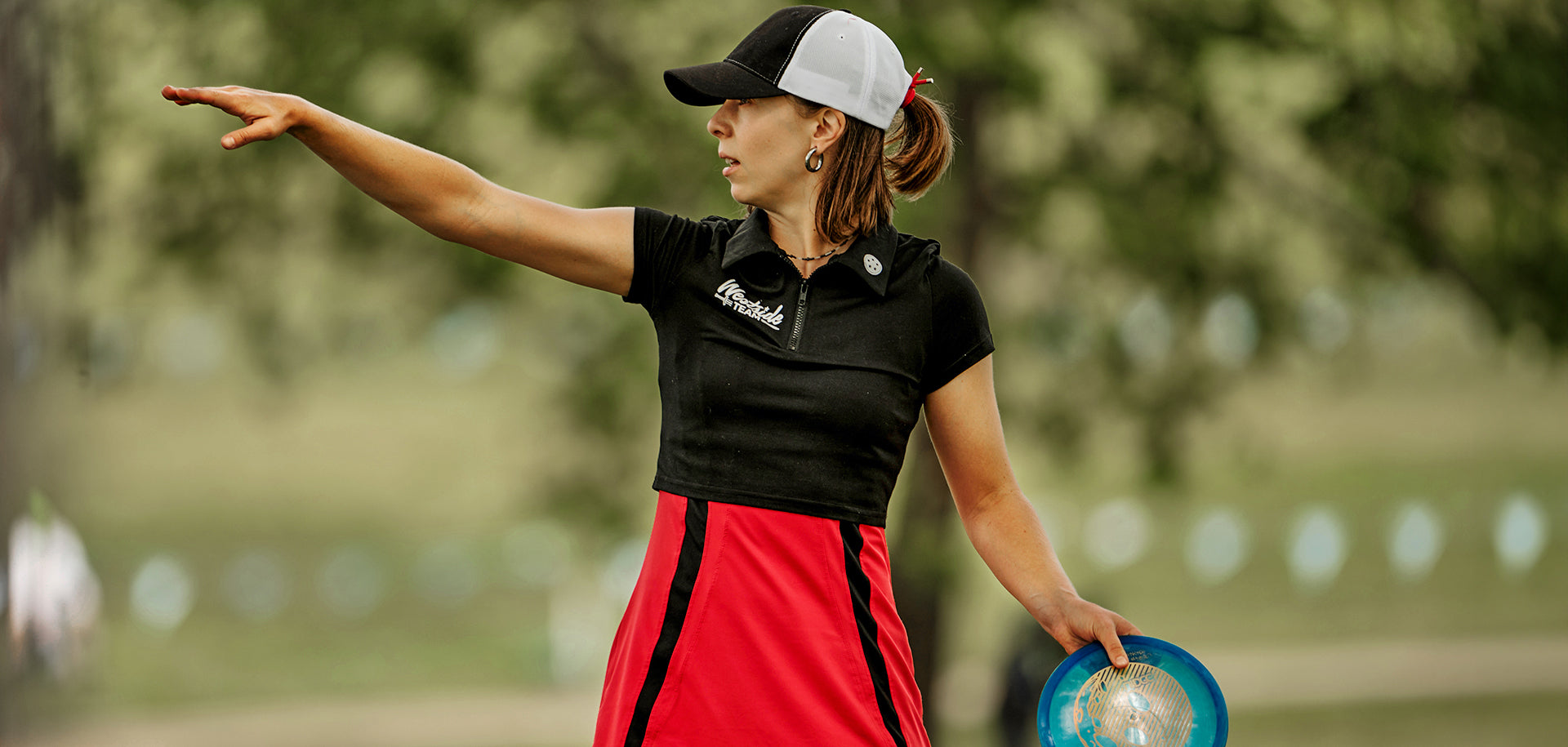
Putters
Putters are the deepest, slowest, disc golf discs and have the thinnest rims. Putters are intended to fly shorter distances and on straighter lines. Putters are the slowest spinning discs, so they have less potential to deviate off line. While putters are made to go in the basket, they’re also less likely to fly too far beyond the basket. Along with developing a good short game, a player’s use of putters is extremely important to scoring well.
5 Tips To Be A Better Putter
Whether it’s around the practice basket or on the course, putting is one of the most important parts of disc golf. Practicing effectively and making more putts around the circle is one of the most effective ways to lower your score.
Build The Best Disc Golf Bag
It feels awful to be faced with a shot on the course you don’t have covered. And having overlapping discs in your disc golf bag can reduce confidence. In this video, we’ll teach you how to find the sweet spot.
Flight Numbers
Each disc has flight numbers assigned to it that provide a general idea of the disc’s flight characteristics: speed, glide, turn, and fade. While Dynamic Discs, Latitude 64, and Westside Discs work hard to ensure that their flight numbers accurately reflect the disc’s flight, they should be used more as a guideline than a rule. Flight numbers are not produced in a vacuum nor by a robot with exact specifications, which means a disc may fly differently for you than the numbers reflect.
Speed
Speed describes a disc’s maximum distance potential and rim width. However, if a speed 13 disc (like a Defender) isn’t thrown with the arm speed and revolutions necessary, it won’t fly nearly as far as it will with proper speed and spin. Speed as a flight number doesn’t equal distance; it indicates distance potential. Our putters are generally between 2-3 speed, midranges are 4-6 speed, fairway drivers are between 7-9, and distance drivers are speed 10 and higher.
Glide
Glide describes a disc’s ability to remain airborne. Discs with higher glide ratings, like the Escape (which has a glide rating of 6), work to stay in the air longer than discs like the Felon (which has a glide rating of 3). Discs that are more overstable generally have lower glide ratings, as they fight to get the ground more quickly in their flights, while understable discs often have higher glide ratings and tend to turn up away from the ground. If a disc has a higher glide rating, it is often more effective for longer shots, but lower glide ratings are helpful on discs used for approaches, like the glide 2 on a Slammer, as they tend to get to the ground quickly and stick closer to the basket than a disc that works to stay in the air.
Turn
Where speed and glide address the straight-forward portion of a disc’s flight, turn and fade address the side-to-side movement. For a right hand backhand thrower, turn describes how much the disc will move to the right in the earlier portion of its flight. Turn often appears as a negative number, as the disc is fighting against its natural finish when turning right. A disc with 0 turn, like an EMAC Truth, will be very resistant to right turn early in its flight, while a disc like the Warrant with a turn of -2 will gently fade to the right for the majority of its flight at medium speeds.
Fade
For a right hand backhand thrower, fade describes how sharply to the left a disc will finish its flight. Discs with higher fade will generally be more overstable and hit the ground on steeper angles. If a disc has a more understable turn rating (anything lower than 0 to -3) and a higher fade rating (2 or higher), those numbers don’t necessarily equal a straight flight; instead, a turn of -3 and a fade of 3 would produce an “S” shaped flight, while discs with 0 turn and 0 fade are more likely to fly straight.
Disc Weights
Disc golf discs come in all different weights. Choosing the appropriate weight of disc for your level of experience and arm speed can help you to have better results out on the course. For example, a lighter weight Escape will fly farther than a heavier weight Escape. At the same time, lighter weight discs are more easily affected by the wind. Newer players should consider lighter weights or even the Dynamic Discs Easy-to-Throw line to learn the game, while more experienced players can find uses for all weights. If you have a question about which weight would work well for you, don’t hesitate to ask!
